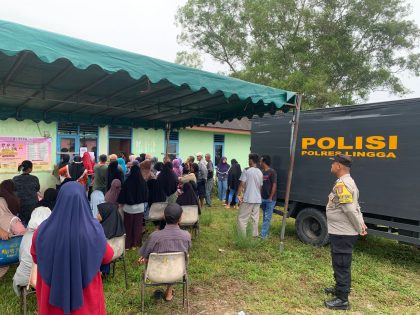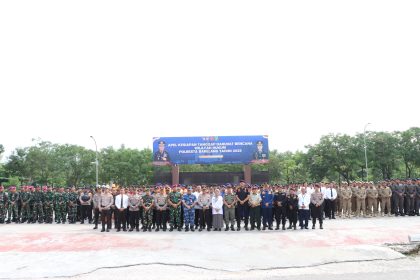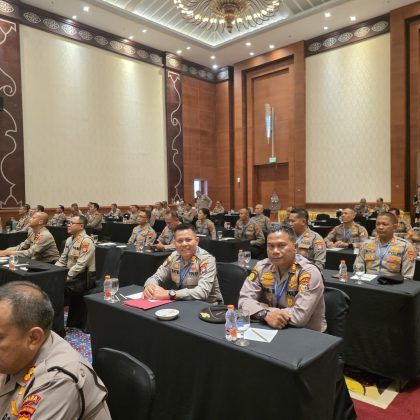Throughout history, strategic behavior has been a cornerstone of human activity—whether in ancient battles, gladiatorial combat, or modern competitive environments. Understanding how humans assess and manage risk in different contexts reveals not only the evolution of decision-making but also the timeless principles that underpin successful strategies. This article explores the fascinating parallels between ancient game tactics and today’s risk behaviors, illustrating how lessons from the past continue to influence contemporary strategies.
Table of Contents
- Foundations of Strategy: Lessons from the Ancient World
- Risk and Reward: The Psychology Behind Strategy in Ancient Times
- From the Colosseum to Modern Arenas: Evolution of Risk-Taking Behaviors
- Case Study: Maximus Multiplus as a Modern Reflection of Ancient Strategy
- The Non-Obvious Layers: Cultural and Psychological Dimensions of Strategy
- Analyzing Risk-Taking as a Skill: Lessons from History and Modern Practice
- Ethical Considerations and Consequences of Risk Strategies
- Conclusion: Bridging Past and Present in Strategic Risk-Taking
1. Foundations of Strategy: Lessons from the Ancient World
Ancient societies and their leaders developed foundational principles of strategy that remain relevant today. These principles often centered around understanding one’s environment, leveraging available resources, and adapting to constraints. For example, in ancient warfare, commanders would analyze terrain, weather, and enemy behavior to craft tactics that maximized their chances of success.
In the context of ancient games and battles, strategic planning involved anticipating opponents’ moves and managing limited resources. Take, for instance, the intricate underground tunnels of the Roman Colosseum. These tunnels, known as hypogeum, served as strategic pathways for gladiators and animals, allowing for surprise appearances and tactical repositioning. Such features exemplify how environment and constraints shape strategic thinking, emphasizing adaptability and foresight.
The Role of Environment and Constraints
Ancient strategists recognized that constraints—be they physical, logistical, or social—could be turned into advantages. For example, the narrow corridors and confined arenas of gladiatorial combat limited opponents’ options, forcing fighters to develop specific tactics that balanced risk and opportunity. Modern strategic thinking continues to value constraints as catalysts for creativity rather than barriers.
2. Risk and Reward: The Psychology Behind Strategy in Ancient Times
Ancient warriors, including gladiators, faced high-stakes scenarios where assessing risk was vital for survival. Gladiators, often slaves or prisoners, voluntarily accepted perilous combat under the belief that victory could grant fame, freedom, or favor with patrons. Their willingness to accept danger was fueled by a mix of psychological traits such as courage, resilience, and a desire for social recognition.
Training played a crucial role in risk management. Gladiators underwent rigorous preparation—similar to modern athletes—improving their skills and reducing the uncertainty of combat outcomes. For instance, the wtf lol game exemplifies how contemporary players develop expertise and strategic foresight to mitigate risks in competitive settings, echoing ancient practices.
“Risk-taking in high-stakes environments often hinges on psychological traits such as confidence, resilience, and the ability to assess probabilities—a timeless human skill.”
3. From the Colosseum to Modern Arenas: Evolution of Risk-Taking Behaviors
The nature of risk in combat has evolved significantly over centuries, yet core principles remain consistent. In ancient times, risking life in the arena was driven by social status, fame, or survival. Today, competitive sports, business ventures, and eSports involve calculated risks, where success depends on strategic decision-making under uncertainty.
Historical strategies, such as the use of specialized roles like horse-mounted gladiators—equites—demonstrate strategic adaptations to environmental constraints. Similarly, modern entities develop niche roles and tactics to exploit specific advantages. For example, in eSports, players adopt specialized roles within teams, balancing individual risk-taking with team strategies, illustrating the continuity of these principles.
Understanding this evolution helps inform current risk management practices across various domains, highlighting how strategic adaptation is key to navigating uncertainty.
4. Case Study: Maximus Multiplus as a Modern Reflection of Ancient Strategy
Modern strategy games like Maximus Multiplus exemplify the timeless principles of risk and reward. This game incorporates elements such as resource management, tactical decision-making, and psychological warfare—all rooted in age-old strategic concepts.
In Maximus Multiplus, players must evaluate potential risks—such as resource expenditure or enemy moves—and balance them against possible rewards. Parallels with ancient risk strategies are evident: just as gladiators assessed their chances of victory before engaging, players analyze their options and adapt tactics accordingly. This demonstrates how modern gaming continues to reflect the enduring nature of strategic risk-taking.
5. The Non-Obvious Layers: Cultural and Psychological Dimensions of Strategy
Cultural context significantly influences how societies perceive and approach risk. Ancient societies often celebrated bravery and risk-taking as virtues, as seen in the Roman gladiatorial tradition, where risking one’s life was intertwined with notions of honor and societal status. Conversely, modern cultures tend to emphasize safety and risk mitigation, although risk-taking persists in entrepreneurial and competitive spheres.
Psychological traits such as risk tolerance, impulsivity, and resilience are consistent across eras. Training, environment, and social expectations shape these traits. For example, gladiators trained extensively to increase their confidence and reduce uncertainty—principles applicable in contemporary risk management, where preparation enhances decision-making capacity.
6. Analyzing Risk-Taking as a Skill: Lessons from History and Modern Practice
Risk-taking is not merely instinctual; it can be cultivated through experience, training, and strategic thinking. Historical examples show that those who understood their environment and prepared accordingly had better outcomes. Modern practitioners—business leaders, military commanders, and skilled gamers—apply these lessons to refine their skills.
Understanding context is crucial. For instance, a military commander considers terrain, enemy strength, and available resources before engaging—a practice mirrored in modern risk assessment tools used in finance or project management. The ability to adapt strategies based on environmental feedback enhances decision-making and success rates.
Beyond gaming, these principles are essential in entrepreneurship, military tactics, and personal decision-making, emphasizing that strategic risk management is a universally applicable skill.
7. Ethical Considerations and Consequences of Risk Strategies
Risk strategies carry moral implications, especially in contexts involving harm or significant uncertainty. In ancient gladiatorial combat, fighters faced the moral dilemma of risking their lives for entertainment and societal spectacle. Modern scenarios—such as corporate risk-taking—also raise questions about safety, ethics, and responsibility.
Balancing risk and safety is essential. Lessons from gladiatorial combat highlight that reckless risk can lead to tragedy, emphasizing the importance of responsible decision-making. Today, regulatory frameworks and ethical standards aim to ensure that risk-taking does not compromise safety or moral integrity.
Looking ahead, fostering responsible risk-taking involves understanding potential consequences and embedding ethics into strategic planning, whether in business, technology, or personal life.
8. Conclusion: Bridging Past and Present in Strategic Risk-Taking
From the underground tunnels of the Colosseum to modern eSports arenas, the fundamental principles of strategic risk-taking have persisted across millennia. Recognizing the continuity in human behavior underscores that risk assessment, environment adaptation, and psychological resilience are timeless skills.
Understanding this continuum enhances our ability to make informed decisions today. Whether in games like Maximus Multiplus, in business, or in personal life, embracing strategic risk management—grounded in historical insights—can lead to more successful and responsible outcomes.
“The game of strategy is eternal—adaptation and risk are its core. Learning from history empowers us to navigate the complexities of today.”










